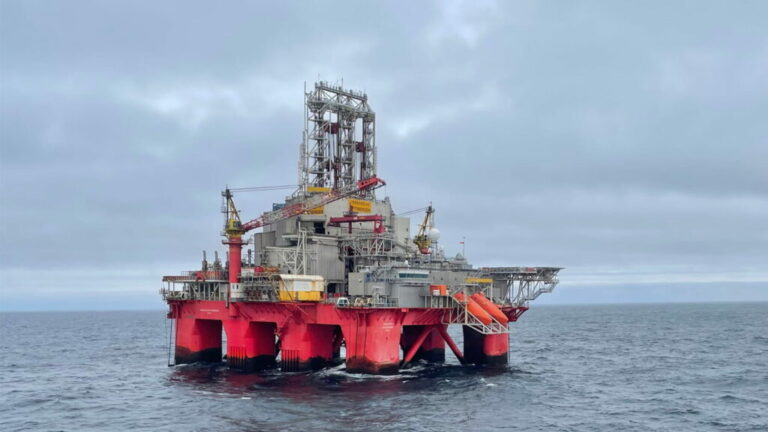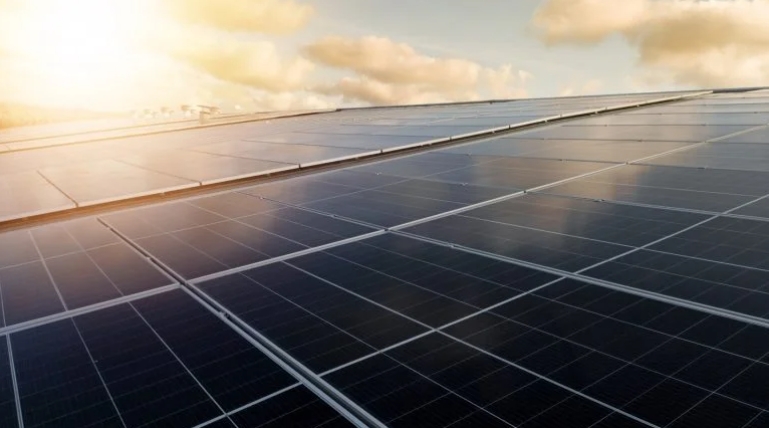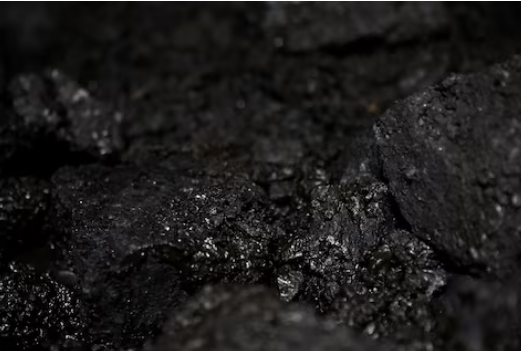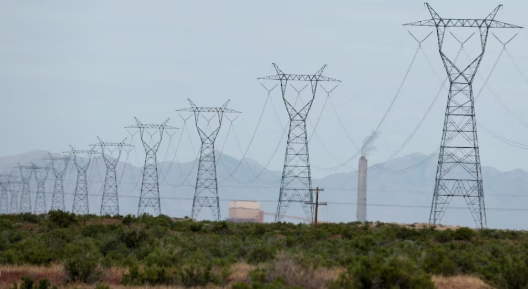
With new technologies enabling oil and gas operators to dive into deeper water depths and unlock previously untapped hydrocarbons, like the 20,000 psi (20K) technology Chevron and TotalEnergies recently used in the Gulf of Mexico and BP is planning to deploy at its new development in the same region, many, including Noble Corporation, which now has 41 rigs in its fleet, are anticipating higher demand levels for floaters.
As the rig demand is forecast to pick up the pace from late 2025 and 2026, it is expected to spur more seven-generation rig reactivations, tightening the market further in the years to come, given the 120 rig years of open demand across 73 opportunities, with the national oil companies (NOCs) share being 47%, international oil companies (IOCs) part at 39%, and exploration and production (E&P) of 14%.
With Rystad Energy’s research predicting deepwater spending of about $79 billion for 2026-27, an extended upcycle in the offshore drilling market is on the cards, thus, many, like Noble, are convinced that deepwater production growth will play a far more prominent role in the future global energy security.
The recent Noble Corporation-Diamond Offshore merger has ignited the consolidation spark, whetting the appetite for additional moves among the world’s top four floating rig contractors and other offshore drilling players to combine their stocks to ensure longevity and strengthen economies of scale.
Transocean’s market capitalization is $3.59 billion and Seadrill’s is $2.66 billion, thus, the offshore drilling duo’s combined market cap would be $6.25 billion. Both players saw a jump in shares since speculation about their merger started circulating. Offshore Energy has contacted the offshore drilling pair to obtain more information, however, no response has been received at the time this article was published.
Last year in June, Olivier Le Peuch, SLB’s Chief Executive Officer, claimed “a unique oil and gas cycle” was underway, as spotlighted in the offshore sector, which he described as “the fastest growing market globally driven by long-cycle developments, production capacity expansions, the return of exploration and appraisal in brownfields and new frontiers, and the criticality of gas as a long-term fuel for energy security.”
Le Peuch deemed the outlook beyond 2024 as strong, anticipating more than $500 billion in global final investment decisions (FIDs) between 2022 and 2025 across over 30 countries, with more than $200 billion attributable to deepwater, representing a 90% hike compared to 2016 through 2019.
SLB’s CEO identified the three key drivers of the uptick as being related to the step-up in infill and tie-back activity in mature basins, the scale-up of large oil and gas development projects in Guyana, Brazil, and the Middle East, creating a broad opportunity in the subsea market, and a return of exploration and appraisal in new frontier offshore provinces such as Namibia, Tanzania, Colombia, India, and the East Mediterranean.







